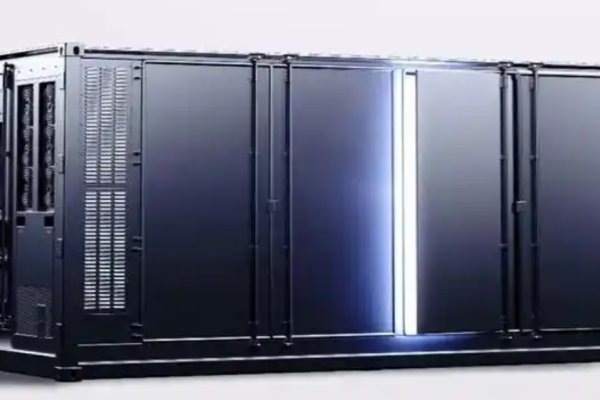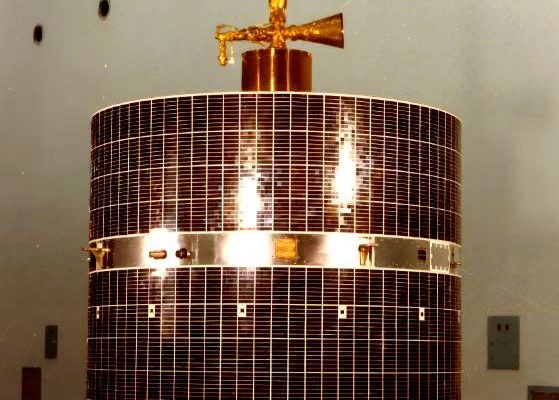Managing peak demand is one of the most significant challenges facing commercial buildings and facilities today. High demand charges during peak hours can lead to substantial energy costs, even if total consumption remains constant. For businesses seeking to reduce their energy bills while ensuring reliable power availability, modular energy storage systems offer a highly effective solution.
In this case study, we explore how a modular energy storage system can help businesses manage peak demand, reduce energy costs, and improve energy efficiency. By showcasing a real-world implementation of a modular energy storage solution, we’ll highlight the benefits, challenges, and key technical considerations for successfully integrating these systems into commercial energy management strategies.
1. Understanding the Challenge of Peak Demand Management
Peak demand refers to the highest level of electricity demand during a specific period, typically measured on an hourly basis. During peak demand hours, energy prices are at their highest due to increased consumption across the grid. Many commercial buildings, particularly those in sectors like manufacturing, retail, and office buildings, experience sharp spikes in energy use during peak hours. These spikes are often driven by:
- HVAC systems: Air conditioning and heating systems that are energy-intensive.
- Lighting: High-intensity lighting systems often used in large retail spaces or office environments.
- Production equipment: Energy-consuming machinery and equipment used in industrial or manufacturing settings.
In addition to the high costs associated with peak demand, businesses may face grid instability or power outages during periods of high demand. To combat these challenges, businesses are increasingly turning to modular energy storage systems that can help shift loads, supply backup power, and reduce peak load charges.
2. The Role of Modular Energy Storage in Peak Demand Management
Modular energy storage systems consist of scalable, flexible storage units that can be adjusted based on energy requirements. These systems typically use lithium-ion batteries or other advanced storage technologies that can store energy during off-peak periods (when electricity prices are lower) and discharge energy during peak demand periods. This process helps to flatten the demand curve, enabling businesses to avoid high demand charges and reduce their overall energy costs.
Key benefits of modular energy storage for peak demand management include:
- Cost Reduction: By discharging stored energy during peak hours, businesses can reduce their peak demand charges, which are typically a significant portion of their total energy bill.
- Energy Flexibility: Modular systems allow for customization and scalability, meaning they can be expanded as energy needs increase or as more space becomes available.
- Backup Power: Modular systems can provide backup power during grid interruptions or outages, ensuring that essential operations continue uninterrupted.
- Efficiency Gains: Optimizing the use of energy during low-cost periods and minimizing reliance on grid power during high-cost periods can improve overall energy efficiency.
3. Case Study: Modular Energy Storage in a Retail Facility
Background
A large retail chain with multiple locations across the region was facing high energy costs due to significant peak demand charges. The retail chain operates during standard business hours, and its energy consumption peaks during the afternoon when air conditioning and lighting systems are at their highest use. These peaks contributed to increased demand charges, accounting for over 40% of their total electricity costs.
To address this challenge, the retail chain sought to implement a modular energy storage system that could help manage peak demand, reduce energy costs, and improve the overall efficiency of their energy usage.
Solution
The company partnered with an energy storage solutions provider to deploy a modular storage system at one of their flagship retail locations. The key components of the solution included:
- 1 MW of lithium-ion battery storage: The system was designed to store energy during off-peak hours and discharge it during peak periods.
- Energy Management System (EMS): The EMS was integrated into the building’s existing energy infrastructure to monitor energy consumption and optimize the discharge of stored energy.
- Scalable design: The system was designed to be modular, meaning that additional storage units could be added at future locations as needed.
- Smart Controls: Automated controls allowed the system to discharge energy during the most expensive peak demand hours, ensuring that energy use was shifted effectively without disrupting normal operations.
Results
After implementing the modular energy storage system, the retail chain saw impressive results:
- Cost Savings: The system reduced peak demand charges by 30%, leading to significant cost savings across the facility.
- Energy Efficiency: The system optimized energy usage, improving the overall energy efficiency of the building and reducing the need for expensive grid power during peak periods.
- Scalability: Due to the modular design, the system was easily scalable and could be deployed at other locations within the retail chain.
- Improved Power Reliability: The system provided backup power during grid outages, ensuring uninterrupted operations for critical systems such as point-of-sale terminals and lighting.
The project had an ROI of just under 3 years, and the company has since expanded the storage system to other locations in the region.
4. Key Technical Considerations for Modular Energy Storage
When integrating modular energy storage systems into commercial facilities, several technical considerations must be taken into account to ensure optimal performance and efficiency:
a) Sizing and Scalability
One of the key advantages of modular energy storage is its scalability. However, proper sizing is critical to ensure the system meets the energy demand while avoiding under- or over-sizing. Key factors to consider when sizing the system include:
- Peak demand level: The system should be sized to handle the highest peak demand expected during the year.
- Energy storage duration: The system must be capable of discharging energy over the duration of peak demand periods, which could range from a few hours to a full day.
- Growth potential: The modular system should be able to scale up as the facility’s energy demands increase over time.
b) Energy Management System (EMS)
The EMS plays a crucial role in optimizing the performance of modular energy storage systems. It is responsible for:
- Monitoring real-time energy consumption and forecasting future energy demand.
- Managing the discharge and charging cycles of the storage system based on demand forecasts and grid conditions.
- Integrating with building management systems to ensure that the stored energy is used in the most cost-effective manner without disrupting normal operations.
c) Battery Technology and Efficiency
The choice of battery technology (typically lithium-ion for commercial applications) is crucial for ensuring high efficiency, long cycle life, and minimal maintenance. Factors to consider include:
- Round-trip efficiency: The efficiency with which the battery can store and discharge energy (typically 85-95% for lithium-ion batteries).
- Cycle life: The number of charge-discharge cycles the battery can complete before its performance starts to degrade.
- Temperature management: Batteries can be sensitive to temperature extremes, so proper cooling systems are necessary to ensure optimal performance and lifespan.
d) Grid Integration and Regulations
When integrating modular storage systems with the grid, it’s important to ensure compliance with local grid codes and regulations. This includes ensuring that the system can seamlessly connect with the grid for charging and discharging and that the discharge cycles align with the facility’s energy needs. Additionally, businesses should ensure that the system can function in island mode during power outages to ensure backup power availability.
Integrating modular energy storage systems into commercial peak demand management strategies is an effective way for businesses to reduce their energy costs, improve efficiency, and enhance power reliability. By leveraging the scalability and flexibility of modular storage, businesses can optimize their energy consumption and avoid costly peak demand charges.
The case study of the retail chain demonstrates the tangible benefits of this approach, showcasing significant cost savings, improved energy efficiency, and the ability to scale the solution to other locations. By focusing on proper system sizing, smart energy management, and reliable battery technology, businesses can successfully deploy modular energy storage solutions to manage their peak demand and achieve long-term operational savings.









